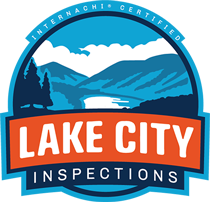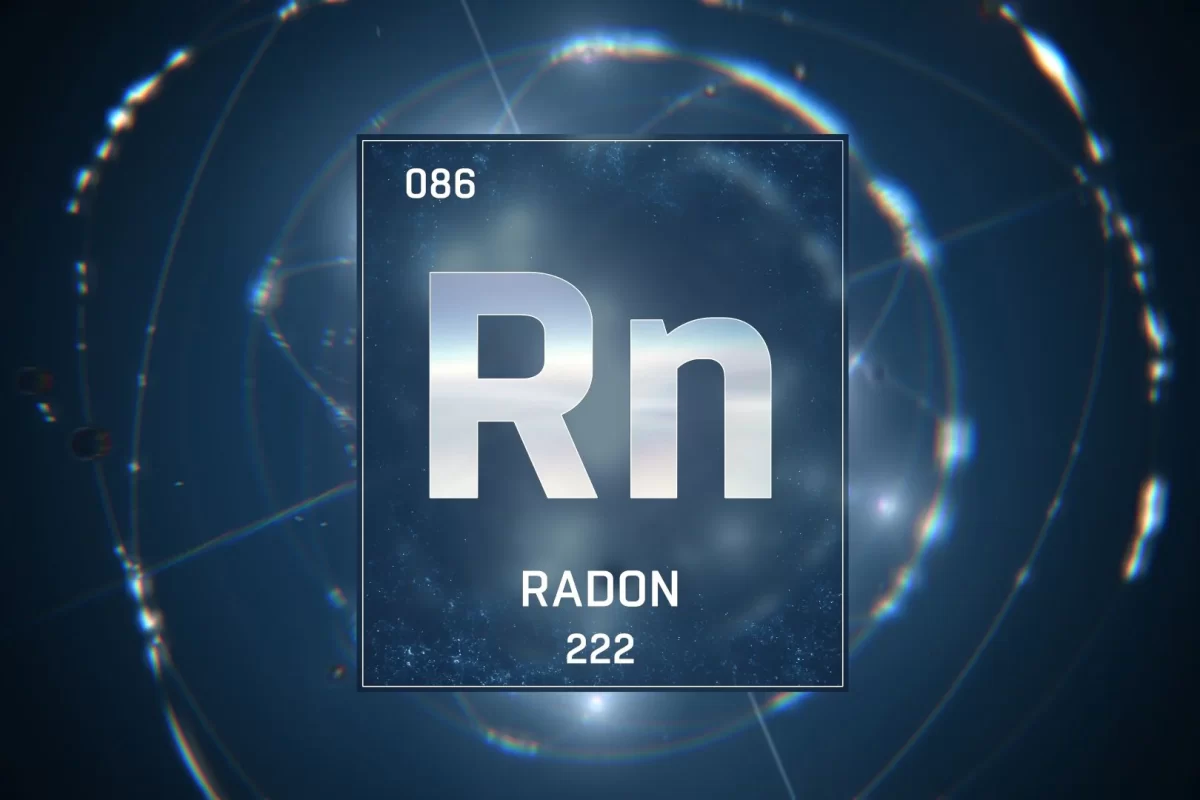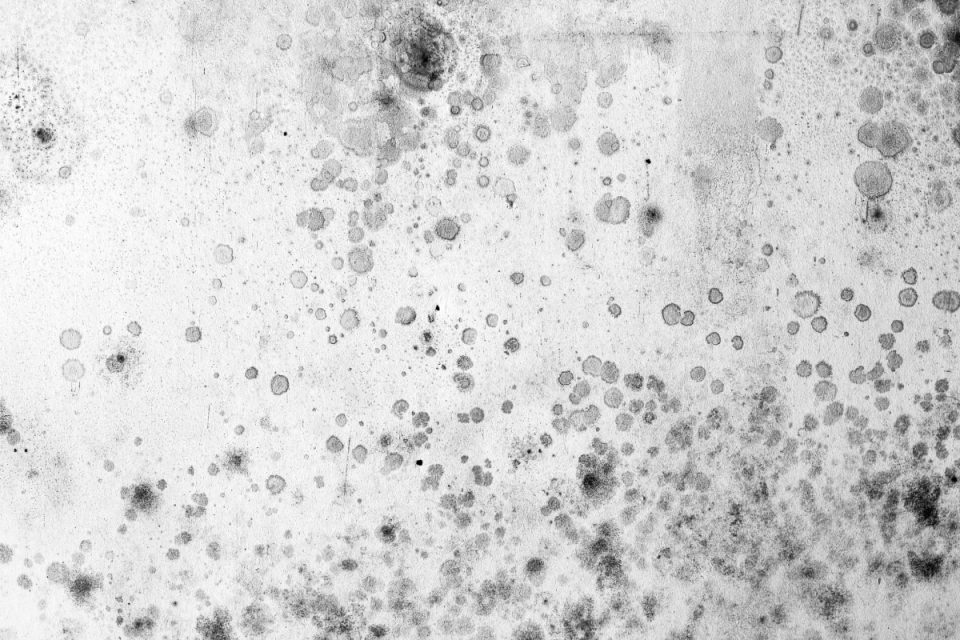
What If My Dream Home Has Mold?
December 3, 2023Radon and Radon Testing…What Is It?
One of the most common add-on services requested by buyers during the home inspection is radon testing. Let’s quickly review what radon actually is before we jump into how it can impact your buying process. According to the EPA (Environmental Protection Agency), radon is a colorless, odorless, and tasteless radioactive gas that forms naturally when uranium, thorium, or radium, which are radioactive metals break down in rocks, soil and groundwater. People can be exposed to radon primarily from breathing radon in the air that comes through cracks and gaps in buildings and homes. Because radon comes naturally from the earth, people are always exposed to it. When you breathe air containing radon, you increase your risk of getting lung cancer. In fact, the Surgeon General of the United States has warned that radon is the second leading cause of lung cancer in the United States today (behind smoking). If you smoke and your home has high radon levels, your risk of lung cancer is especially high!
The way we test for radon as part of a home inspection is by utilizing continuous radon monitoring devices that analyze radon gas levels in the lowest possible living spaces of the home during closed-house conditions over a period of 48 hours, which is the EPA recommended test length for a real estate transaction. There are consumer grade radon test kits available from retailers such as Home Depot and Lowes, however, these kits cannot give any trending data to account for changing environmental conditions which may have influenced the test results. For this reason, we do not recommend utilizing such test kits when negotiating on a home purchase.
What If Radon Levels Are “High”?
The EPA “Action Level” of 4 pCi/L (picocuries per liter of air…say THAT five times fast!) is considered the point when homeowners should consider installing a radon mitigation system. However, it’s worth noting that the EPA also says “there are no known safe levels of radon”. All that to say, don’t elevated radon levels scare you when buying a home! The fact is radon is in the air everywhere and the Inland Northwest region simply has naturally occurring soil conditions that tend to result in higher indoor radon levels. Simply put, it’s “the nature of the beast” when living in North Idaho. In fact, data from the State of Idaho indicates that around half of all homes in Kootenai County have radon levels that exceed the EPA Action Level.
Radon mitigation systems are incredibly affordable when compared to the overall cost of purchasing a home. As of the time this article is being written, the average radon mitigation system will run approximately $2,000 and usually takes less than a day for the installation to be completed professionally. Some larger homes or homes with more complex foundations may be closer to $3,000 or more.
Should You Make Real Estate Buying Decisions Based On Radon Levels Alone?
The quick answer is NO! Radon is everywhere and this entire region deals with it. If you pass on a home simply because of radon levels, chances are the next home you place an offer on will have the exact same situation. The good thing is both testing and mitigation are very accessible and affordable should you find an issue. If you and your real estate agent have identified a great home for you and your family and the only thing giving you reservation about pulling the trigger on purchasing it is the radon levels…you are in a great position! Don’t let radon levels scare you away from closing on a great home for YOU!
How To Get Your Home Tested
The first step to identifying radon levels in your home (or future home) is by testing. Lake City Inspections has performed over one thousand radon tests in North Idaho. Contact our office today to schedule a radon test with your home inspection (or standalone) today!



